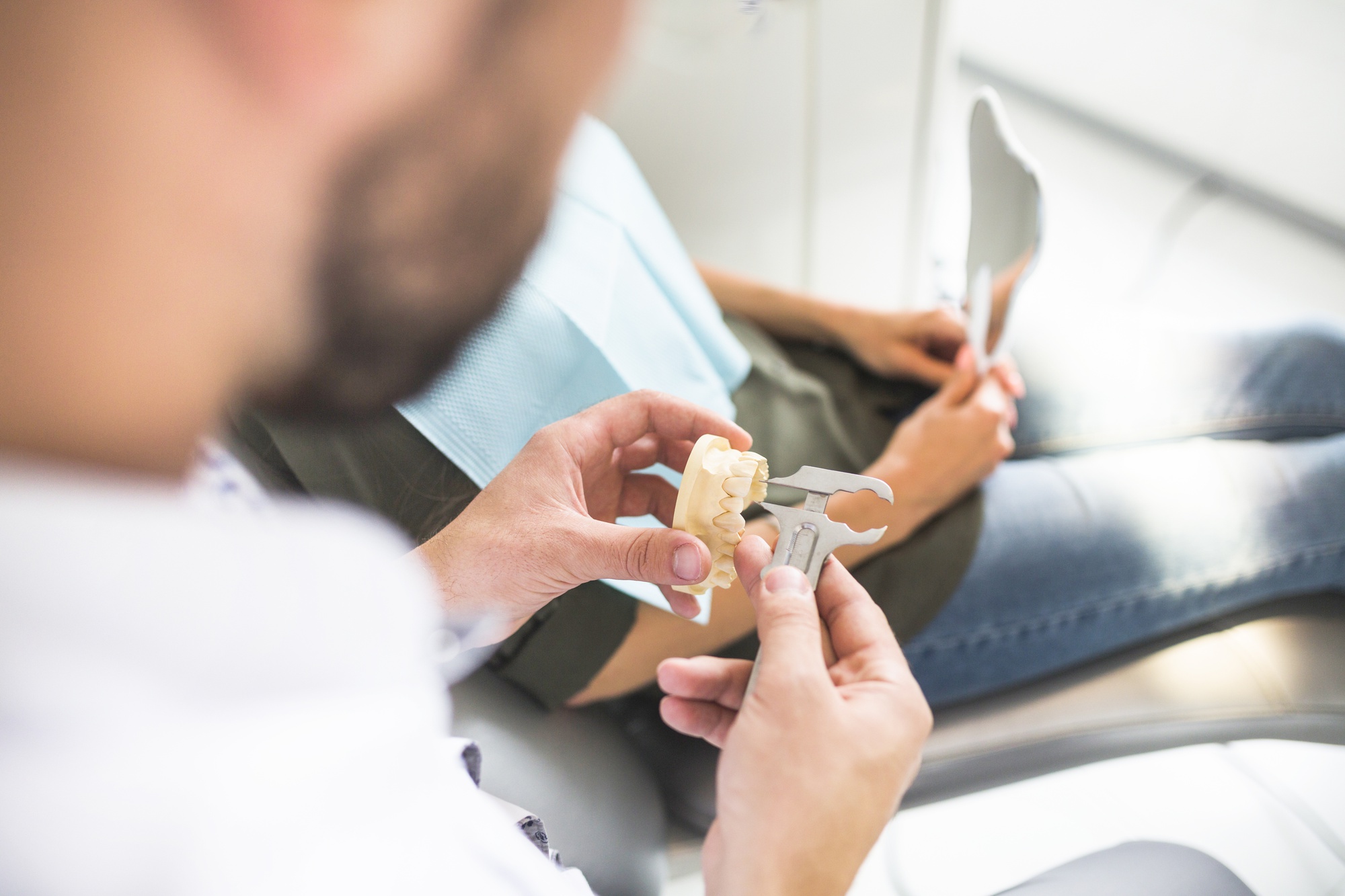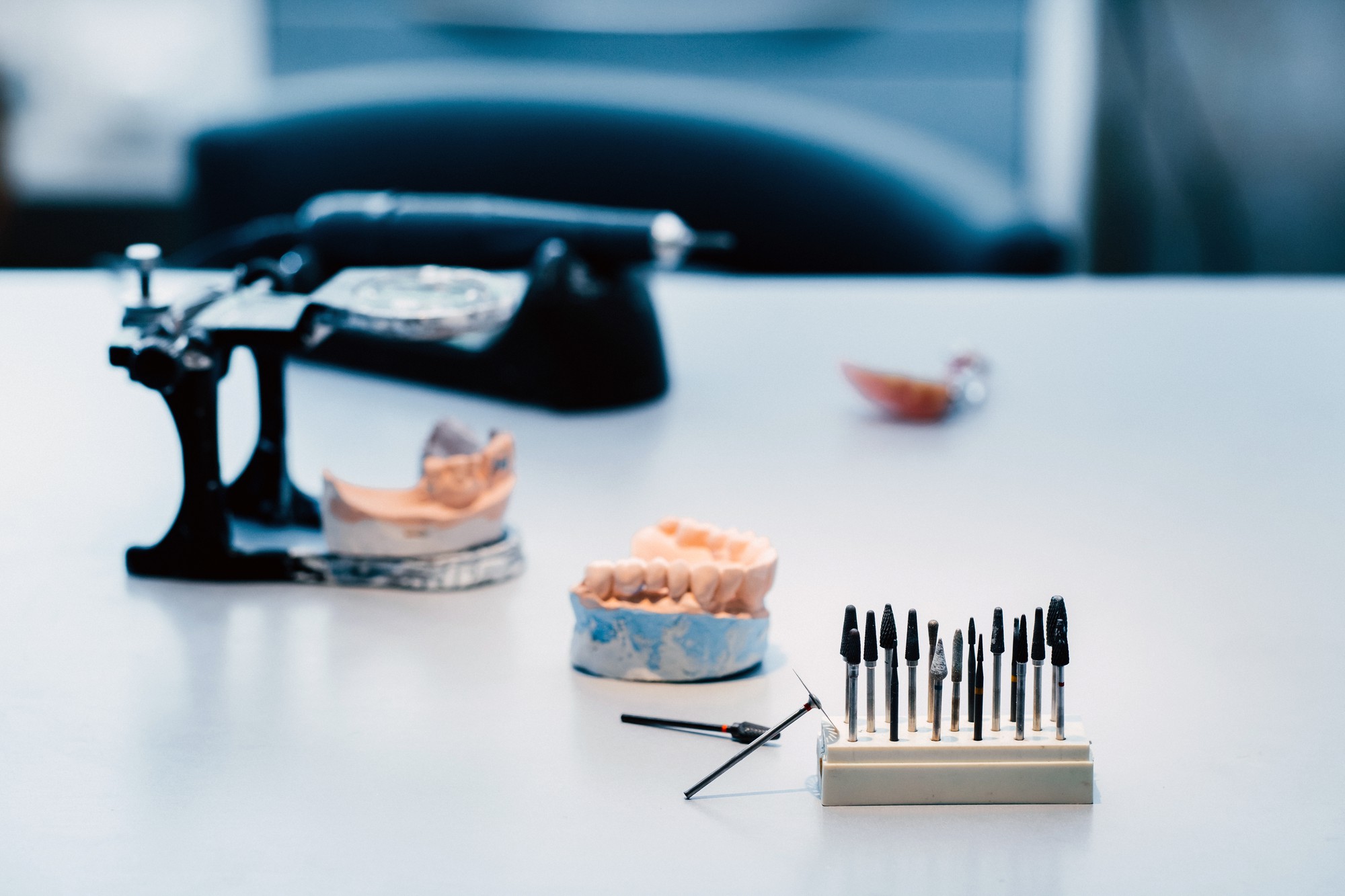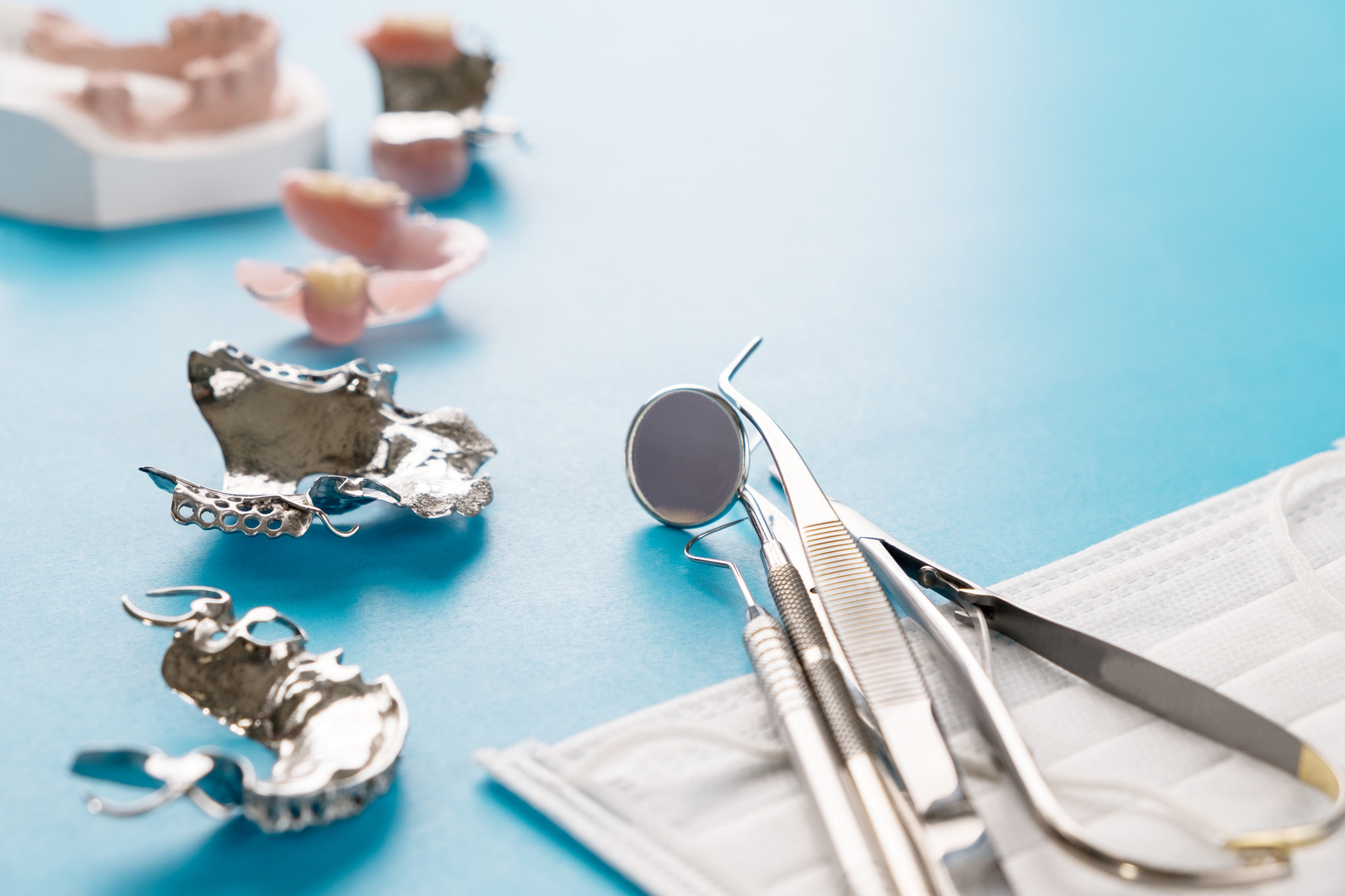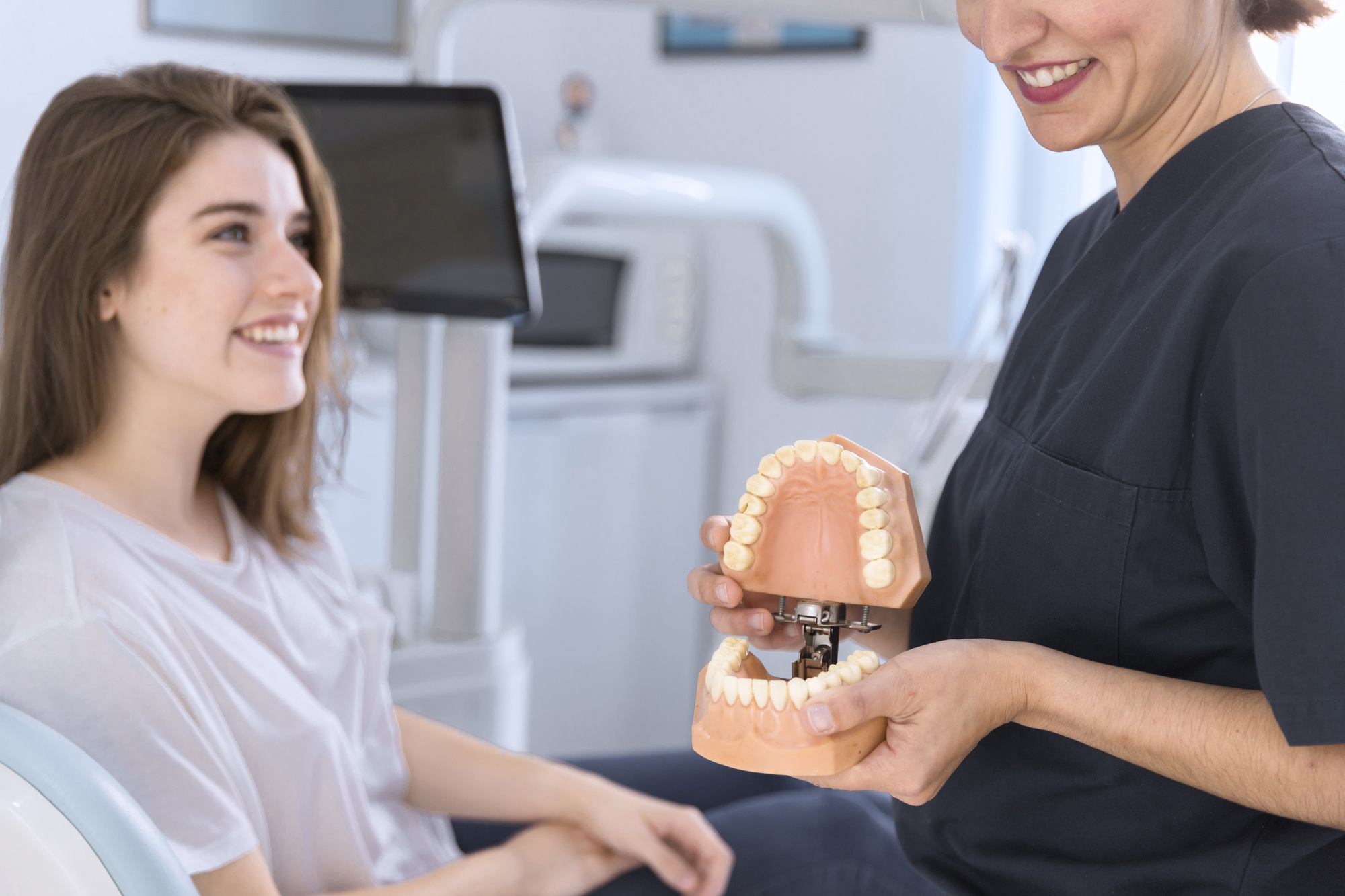Introduction to Dental Crowns
Definition and Purpose of Dental Crowns
Dental crowns, also known as caps, are fixed prosthetic devices that are cemented onto existing teeth or implants. Unlike removable devices such as dentures, which can be taken out and cleaned daily, crowns are cemented onto teeth and can only be removed by a dentist. Their primary purpose is to cover or “cap” a damaged tooth, restoring its shape, size, strength, and improving its appearance.
Historical Context
The use of dental crowns dates back to ancient times, with evidence of gold crowns found in ancient Egyptian tombs. Throughout history, the materials and techniques used for crowns have evolved significantly. In the early 1900s, dental technology advanced with the introduction of porcelain and other materials, leading to more natural-looking and durable crowns. The continuous improvement in dental materials has made crowns more effective and aesthetically pleasing.
Indications for Dental Crowns
Crowns are typically recommended for several reasons, including:
- Protecting a weak tooth from breaking or holding together parts of a cracked tooth.
- Restoring an already broken tooth or a severely worn down tooth.
- Covering and supporting a tooth with a large filling when there isn’t a lot of tooth left.
- Holding a dental bridge in place.
- Covering misshaped or severely discolored teeth.
- Covering a dental implant.
- Cosmetic modification.
Procedure Overview
The process of getting a dental crown typically involves two visits to the dentist.
First Visit: Examination and Preparation
- Examination: The dentist examines and prepares the tooth, which may involve taking X-rays to check the roots of the tooth and surrounding bone.
- Shaping the Tooth: The tooth needing the crown is reshaped along the chewing surface and sides to make room for the crown.
- Impressions: After reshaping the tooth, a paste or putty is used to make an impression of the tooth. These impressions are sent to a dental lab where the crown is made.
- Temporary Crown: A temporary crown is placed to cover and protect the prepared tooth while the crown is being made.
Second Visit: Placement of the Permanent Crown
- Removing the Temporary Crown: The temporary crown is removed, and the fit and color of the permanent crown are checked.
- Permanent Crown Placement: If everything is acceptable, a local anesthetic may be used to numb the tooth, and the new crown is permanently cemented in place.
Benefits of Dental Crowns
Dental crowns offer numerous benefits, including:
- Restoration of Function: They restore the tooth’s function, allowing normal eating and speaking.
- Durability: Crowns are durable and can last many years with proper care.
- Aesthetic Improvement: Crowns can improve the appearance of teeth, providing a natural look.
- Protection: They provide protection for damaged teeth, reducing the risk of further decay or breakage.
This introductory section sets the stage for a deeper exploration into the various materials used for dental crowns and how they compare, which will be discussed in the subsequent sections.

Types of Materials for Dental Crowns
Overview of Common Crown Materials
Dental crowns can be made from several different materials, each with its own advantages and disadvantages. The choice of material depends on various factors including the location of the tooth, the function of the tooth, aesthetic preferences, and budget.
Read it: Dental Material in Holistic Dentistry
Porcelain-Fused-to-Metal (PFM) Crowns
Composition and Construction
- PFM crowns are made from a metal alloy core with a porcelain exterior.
- The metal provides strength and durability, while the porcelain offers a natural tooth-like appearance.
Advantages
- Strength: The metal core provides a strong base that can withstand biting and chewing forces.
- Aesthetic Appeal: The porcelain coating can be color-matched to adjacent teeth, providing a natural look.
- Versatility: Suitable for both front and back teeth.
Disadvantages
- Metal Edge Visibility: Over time, the metal edge might become visible if the gums recede.
- Porcelain Chipping: The porcelain layer can chip or crack under heavy pressure.
- Allergic Reactions: Some patients may have allergic reactions to the metal used in the crown.
All-Ceramic or All-Porcelain Crowns
Composition and Construction
- Made entirely from ceramic or porcelain without any metal.
- Modern advancements have improved the strength and durability of these crowns.
Advantages
- Best Aesthetic: Offers the most natural and aesthetically pleasing appearance, closely mimicking the look of natural teeth.
- Biocompatibility: Highly biocompatible, making it an excellent choice for patients with metal allergies.
- Translucency: The material’s translucency makes it indistinguishable from natural teeth.
Disadvantages
- Strength: Not as strong as PFM or metal crowns, making them less suitable for back teeth that endure heavy biting forces.
- Wear and Tear: More prone to wear and damage compared to metal crowns.
Gold Crowns
Composition and Construction
- Made from gold or a gold alloy that may include other metals like palladium, nickel, or chromium.
Advantages
- Durability: Extremely durable and resistant to wear and fracture.
- Biocompatibility: Gentle on opposing teeth, causing minimal wear.
- Longevity: Gold crowns can last a very long time, often several decades.
Disadvantages
- Aesthetic Drawbacks: Gold does not mimic the appearance of natural teeth, making it less desirable for visible teeth.
- Cost: Can be more expensive due to the cost of gold.
- Allergies: Some patients may be allergic to metals used in the alloy.
Zirconia Crowns
Composition and Construction
- Made from zirconium dioxide, a very durable type of ceramic.
Advantages
- Strength: Extremely strong and durable, suitable for both front and back teeth.
- Aesthetic Appeal: Offers a natural look similar to all-ceramic crowns.
- Biocompatibility: Highly biocompatible and less likely to cause allergic reactions.
- Minimal Tooth Preparation: Requires less tooth removal compared to PFM crowns.
Disadvantages
- Cost: Generally more expensive than other types of crowns.
- Potential Wear: Can cause wear on opposing teeth if not properly polished.
E-max Crowns
Composition and Construction
- Made from lithium disilicate, a type of glass ceramic known for its durability and aesthetic qualities.
Advantages
- Aesthetic Excellence: Highly aesthetic, mimicking the translucency and color of natural teeth.
- Strength: Stronger than traditional all-ceramic crowns, suitable for both front and back teeth.
- Minimal Invasiveness: Requires minimal tooth preparation.
Disadvantages
- Cost: Can be quite expensive due to the advanced material and fabrication process.
- Not for High-Stress Areas: Not as strong as zirconia, making them less ideal for molars subjected to heavy biting forces.
Resin Crowns
Composition and Construction
- Made from composite resin materials.
Advantages
- Cost-Effective: Generally less expensive than other crown materials.
- Aesthetic: Can be color-matched to natural teeth.
Disadvantages
- Durability: Less durable than other crown materials, more prone to fractures and wear.
- Staining: Susceptible to staining over time.
Stainless Steel Crowns
Composition and Construction
- Prefabricated crowns made from stainless steel.
Advantages
- Temporary Solution: Often used as a temporary measure while a permanent crown is being made.
- Cost-Effective: Inexpensive compared to other crown materials.
- Durability: Strong and durable for short-term use.
Disadvantages
- Aesthetic: Not suitable for long-term use due to poor aesthetics.
- Fit and Comfort: Prefabricated, which may not fit as well as custom-made crowns.
This section provides a comprehensive overview of the various materials used for dental crowns, setting the stage for a detailed comparison of these materials in the next section.

Comparison of Crown Materials
Aesthetic Considerations
Natural Appearance
- All-Ceramic/All-Porcelain Crowns: These offer the best natural appearance due to their translucency, which closely mimics natural tooth enamel. They are ideal for front teeth where aesthetics are paramount.
- E-max Crowns: Known for their excellent aesthetic properties, E-max crowns are slightly less translucent than all-porcelain but still provide a very natural look.
- Porcelain-Fused-to-Metal (PFM) Crowns: These also provide a good aesthetic but can sometimes reveal a dark line at the gum line due to the metal core, especially if gums recede.
- Zirconia Crowns: While strong and durable, traditional zirconia can be more opaque compared to porcelain, though newer zirconia crowns have improved in translucency.
- Gold Crowns: These are the least aesthetic as they do not mimic the appearance of natural teeth, making them less suitable for visible areas.
- Resin Crowns: These can be color-matched to natural teeth but do not offer the same level of translucency and natural look as ceramic crowns.
Color Matching and Customization
- All-Ceramic/All-Porcelain and E-max Crowns: These materials allow for precise color matching to surrounding teeth.
- PFM Crowns: The porcelain layer can be color-matched, but the underlying metal can sometimes affect the final color.
- Zirconia Crowns: Can be customized to match tooth color, though achieving the same level of translucency as natural teeth can be challenging.
Durability and Strength
Biting and Chewing Forces
- Gold Crowns: Highly durable and resistant to wear, gold crowns are less likely to crack or chip and are gentle on opposing teeth.
- Zirconia Crowns: Extremely strong and suitable for high-stress areas like molars. They resist chipping and cracking better than porcelain.
- PFM Crowns: The metal core provides strength, making them durable under biting and chewing forces.
- E-max Crowns: Stronger than traditional porcelain, suitable for both front and back teeth but not as strong as zirconia or metal crowns.
- All-Ceramic/All-Porcelain Crowns: These are less durable under heavy biting forces compared to metal or zirconia crowns, making them more suitable for front teeth.
- Resin Crowns: Less durable than other materials and more prone to wear and fracture.
Longevity
- Gold Crowns: Can last several decades with proper care.
- Zirconia Crowns: Known for their longevity, often lasting 10-15 years or more.
- PFM Crowns: Typically last 10-15 years but may need replacement if the porcelain chips.
- E-max Crowns: Can last 10-15 years, but their longevity depends on the location in the mouth and usage.
- All-Ceramic/All-Porcelain Crowns: Usually last 10-15 years but can wear down faster under high stress.
- Resin Crowns: Generally have the shortest lifespan, often requiring replacement within 5-7 years.
Biocompatibility and Allergies
Biocompatibility
- All-Ceramic/All-Porcelain and E-max Crowns: Highly biocompatible, making them a good choice for patients with metal allergies.
- Zirconia Crowns: Also highly biocompatible and less likely to cause allergic reactions.
- PFM Crowns: The metal core can cause allergic reactions in some patients, depending on the type of metal used.
- Gold Crowns: Generally biocompatible, but patients with metal allergies should be cautious.
- Resin Crowns: Usually well-tolerated, but some patients may have sensitivities to the composite materials.
- Stainless Steel Crowns: May cause allergic reactions in patients sensitive to nickel or other metals used in the alloy.
Allergic Reactions
- PFM Crowns: The risk of allergic reactions depends on the specific metals used in the alloy. Nickel, in particular, is a common allergen.
- Gold Crowns: While gold is generally well-tolerated, alloys containing other metals might pose an allergy risk.
- Zirconia, All-Ceramic, and E-max Crowns: These materials are non-metallic and highly biocompatible, minimizing the risk of allergic reactions.
- Resin Crowns: Although rare, some patients may have sensitivities to resin materials.
Cost Considerations
Initial Cost
- Gold Crowns: Among the most expensive due to the cost of gold.
- E-max Crowns: Also expensive due to the high-quality material and advanced fabrication process.
- Zirconia Crowns: Generally costly, reflecting the material’s strength and durability.
- PFM Crowns: Moderately priced, balancing between strength and aesthetic appeal.
- All-Ceramic/All-Porcelain Crowns: Typically more expensive than PFM crowns but less costly than gold or zirconia.
- Resin Crowns: The least expensive option, but also the least durable.
Long-Term Value
- Gold Crowns: High initial cost but excellent long-term value due to their durability and longevity.
- Zirconia Crowns: High upfront cost but potentially lower long-term costs due to their durability and longevity.
- PFM Crowns: Moderate initial and maintenance costs, providing a balance between cost and durability.
- E-max and All-Ceramic/All-Porcelain Crowns: Higher initial costs but good long-term value, especially for front teeth where aesthetics are important.
- Resin Crowns: Lower initial cost but potentially higher long-term costs due to the need for more frequent replacements.
Comfort and Fit
Natural Feel
- Gold Crowns: Provide a very comfortable fit and natural feel due to their precise fabrication and biocompatibility.
- Zirconia Crowns: Known for their excellent fit and comfort, especially with advanced CAD/CAM technology.
- All-Ceramic/All-Porcelain and E-max Crowns: Provide a good fit and natural feel, though they may require more precise adjustment.
- PFM Crowns: Can offer a comfortable fit but may require more adjustments due to the combination of materials.
- Resin Crowns: Generally comfortable but may not feel as natural or last as long as other materials.
Adjustments and Wear
- Gold Crowns: Rarely require adjustments and cause minimal wear on opposing teeth.
- Zirconia Crowns: May require adjustments for a perfect fit but are generally comfortable once fitted. Can cause wear on opposing teeth if not polished properly.
- All-Ceramic/All-Porcelain and E-max Crowns: May need adjustments for a perfect fit, particularly to avoid issues with bite and comfort.
- PFM Crowns: The metal core may necessitate more adjustments compared to all-ceramic crowns.
- Resin Crowns: Often require more frequent adjustments and replacements.
Impact on Oral Health
Effect on Surrounding Teeth
- Gold Crowns: Gentle on opposing teeth and cause minimal wear.
- Zirconia Crowns: Can be harder on opposing teeth if not polished correctly.
- PFM Crowns: The porcelain can cause wear on opposing teeth, particularly if the patient grinds their teeth.
- All-Ceramic/All-Porcelain and E-max Crowns: Generally gentle on opposing teeth but can wear down if not properly maintained.
- Resin Crowns: Gentle on opposing teeth but less durable.
Gum Health
- All-Ceramic/All-Porcelain and E-max Crowns: Highly biocompatible and gentle on gums, promoting good gum health.
- Zirconia Crowns: Also highly biocompatible, causing minimal irritation to gums.
- Gold Crowns: Generally well-tolerated by gums and rarely cause irritation.
- PFM Crowns: The metal edge can sometimes cause gum irritation if exposed due to gum recession.
- Resin Crowns: Typically well-tolerated but can cause gum irritation if not fitted properly.
Technological Advancements and Future Trends
CAD/CAM Technology
- Precision and Customization: The use of computer-aided design and computer-aided manufacturing (CAD/CAM) technology allows for precise and customized crowns, improving fit and comfort across all materials.
- Efficiency: CAD/CAM technology streamlines the manufacturing process, reducing the time needed to produce and place crowns.
Improved Materials
- Advanced Ceramics: Ongoing research and development are leading to stronger and more durable ceramic materials that offer both strength and aesthetics.
- Hybrid Materials: New hybrid materials combine the benefits of different materials, such as the strength of metal and the aesthetic appeal of ceramic.
Minimally Invasive Techniques
- Digital Impressions: Digital impressions improve accuracy and patient comfort, reducing the need for traditional impression materials.
- Laser Dentistry: The use of lasers in crown preparation and placement enhances precision and reduces recovery time.
This comprehensive comparison of dental crown materials highlights the strengths and weaknesses of each option, helping patients and dental professionals make informed decisions based on individual needs and preferences.

Choosing the Right Material for Your Needs
Assessing Your Needs and Priorities
Choosing the right material for your dental crown involves considering several factors, including the location of the tooth, the function of the tooth, your aesthetic preferences, and your budget. Here are some key points to consider:
Tooth Location
- Front Teeth: For visible teeth, aesthetics are crucial. All-ceramic, E-max, or porcelain-fused-to-metal (PFM) crowns are often preferred due to their natural appearance.
- Back Teeth: Durability is more important for molars and premolars that endure heavy chewing forces. Zirconia, gold, or PFM crowns are ideal for these areas.
Function
- Chewing and Grinding: Teeth involved in heavy biting and grinding need crowns that can withstand significant force. Gold and zirconia crowns are particularly suited for this purpose.
- Appearance: For teeth that are visible when you smile or talk, the aesthetic appeal of all-ceramic or E-max crowns is essential.
Aesthetic Preferences
- Natural Look: If achieving a natural look is your top priority, all-ceramic, E-max, or high-translucency zirconia crowns are excellent choices.
- Color Matching: Consider crowns that can be precisely color-matched to your natural teeth, such as all-ceramic or E-max crowns.
Budget
- Cost-Effective Options: Resin and stainless steel crowns offer lower upfront costs but may need more frequent replacements.
- Long-Term Value: Investing in more durable crowns like gold, zirconia, or PFM can offer better long-term value due to their longevity and durability.
Consultation with Your Dentist
Professional Assessment
- During your consultation at Fortune Smiles Dental Care, our expert dentists will thoroughly assess your dental health, the condition of the affected tooth, and your overall oral hygiene.
- We use advanced diagnostic tools and techniques to ensure a comprehensive evaluation.
Personalized Recommendations
- Based on the assessment, we provide personalized recommendations tailored to your specific needs and preferences.
- We discuss the pros and cons of each material, helping you make an informed decision.
Quality and Expertise at Fortune Smiles Dental Care
Advanced Technology
- At Fortune Smiles Dental Care, we utilize state-of-the-art CAD/CAM technology to design and fabricate crowns with precision.
- Our digital impression system ensures a perfect fit, enhancing comfort and function.
High-Quality Materials
- We offer a wide range of high-quality materials for dental crowns, including all-ceramic, E-max, zirconia, PFM, and gold.
- Our materials are sourced from reputable suppliers, ensuring durability and biocompatibility.
Expert Dental Team
- Our team of experienced dentists and dental technicians are skilled in the latest techniques for crown placement and restoration.
- Continuous education and training keep our team updated on the newest advancements in dental crown technology.
Patient-Centered Care
- We prioritize patient comfort and satisfaction, offering a relaxed and welcoming environment.
- Our personalized care plans ensure that each patient receives the attention and treatment they need for optimal oral health.

Making the Final Decision
Balancing Factors
- When making the final decision, consider balancing the factors of aesthetics, durability, cost, and biocompatibility.
- Discuss any concerns or preferences with your dentist to ensure that the chosen material aligns with your needs and expectations.
Long-Term Care
- Proper care and maintenance of your dental crown are essential for longevity. Regular dental check-ups, good oral hygiene practices, and avoiding harmful habits like teeth grinding can prolong the life of your crown.
- Our team at Fortune Smiles Dental Care provides comprehensive aftercare instructions and ongoing support to ensure the longevity and health of your dental crowns.
Patient Testimonials
- Many of our patients have experienced the benefits of high-quality dental crowns, enhancing their smiles and improving their oral health.
- We encourage new patients to read testimonials and reviews to learn about the positive experiences of others who have chosen Fortune Smiles Dental Care for their dental crown needs.
By choosing Fortune Smiles Dental Care, you are opting for quality, expertise, and personalized care. Our commitment to using the best materials and advanced technology ensures that your dental crown will meet your needs and exceed your expectations, providing a durable and aesthetically pleasing solution for your dental restoration.

